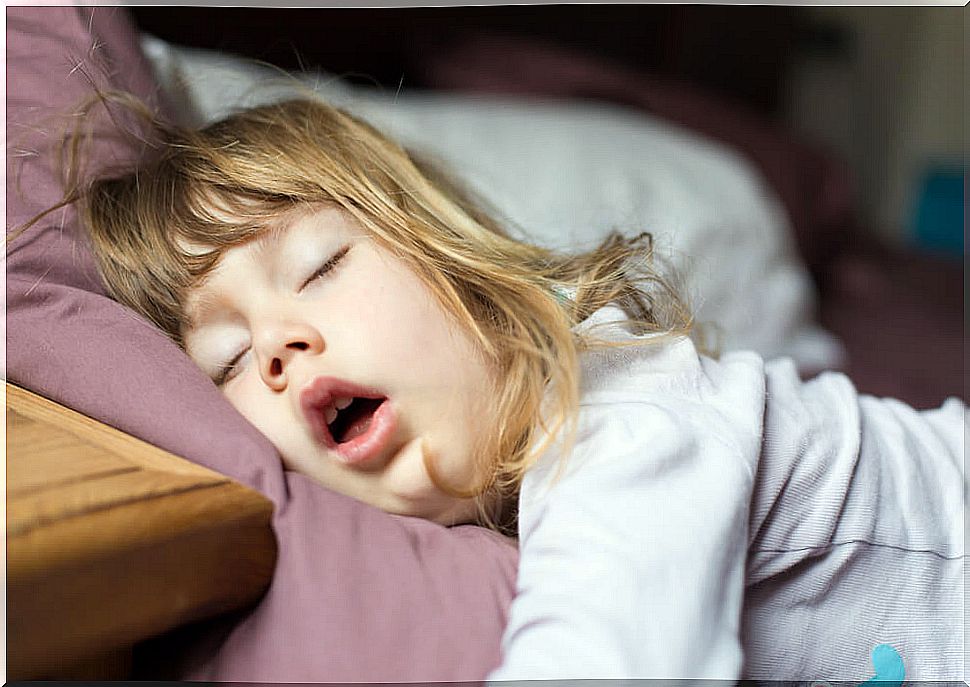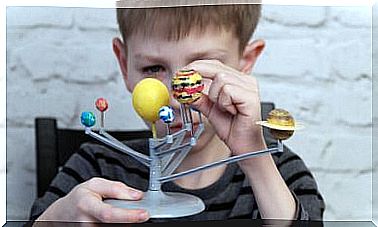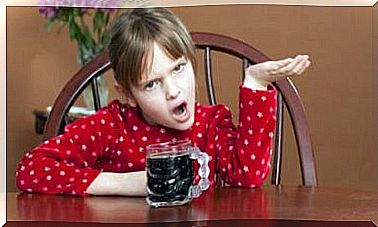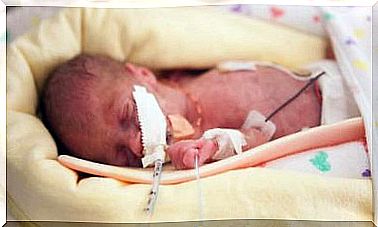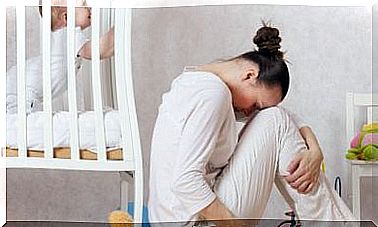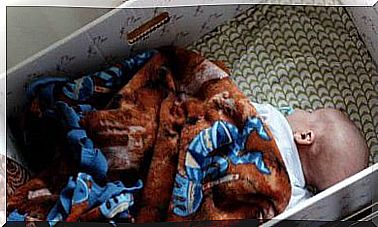Use Of Melatonin In Children To Induce Sleep
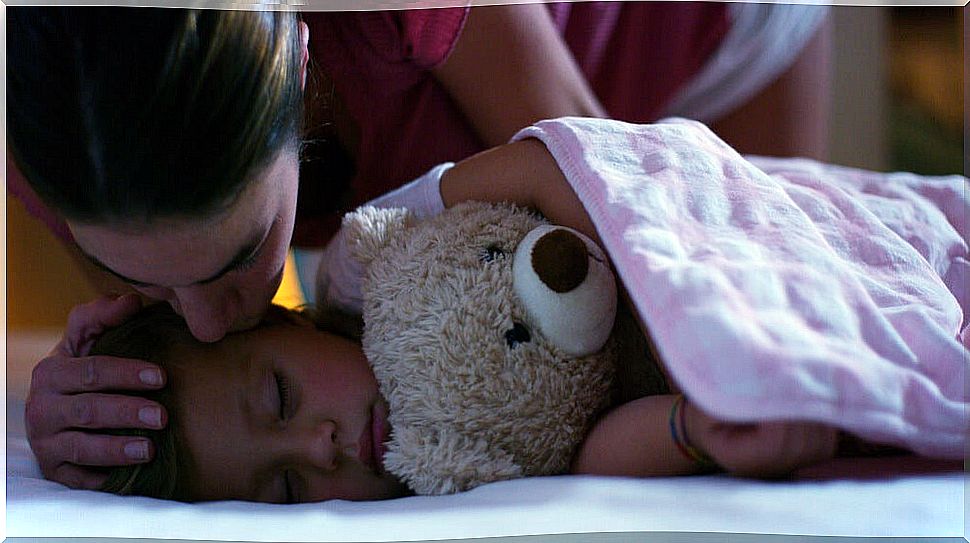
Sleeping difficulties in children are a very common problem today. Therefore, the use of melatonin in children to induce sleep is a very useful tool but one that we must know well.
Sleep plays a fundamental role in child development, including behavior, learning, and growth. Therefore, it is something that we have to take care of and monitor.
Many children have sleep disorders at some point. And one of the most common is the difficulty to reconcile it. The causes can be varied, although generally they are due to incorrect behaviors or habits.
What is melatonin?
Melatonin is a hormone that occurs naturally in our bodies at night. It is generated in the pineal gland from the first weeks of life and is distributed throughout the body.
Melatonin is responsible for regulating the night-day and sleep-wake cycles. Therefore, its concentrations in the blood are higher during the dark phase of the day and lower in the light phase. This is what is called the circadian rhythm.
Melatonin is hypnotic, so its main function is to facilitate the initiation of sleep. When it gets dark and the light is dimmed, melatonin acts as a messenger telling the body that it is time to sleep. And the opposite happens at dawn.
In addition, it acts on almost all the organs of the body. Other of its functions are, for example:
- Bone protective action.
- Regulation of the acidity of the gastrointestinal tract.
- Control of tumor growth.
- Action on the functions of the eye.
- Regulation of the immune system.
- Regulation of blood pressure.
- Modification of the function of some neurotransmitters of the central nervous system.
Using melatonin as a medicine
Apart from the melatonin that each of us generates in our body, there is an exogenous melatonin that is synthesized in pharmaceutical laboratories. This is what we can use as a medicine.
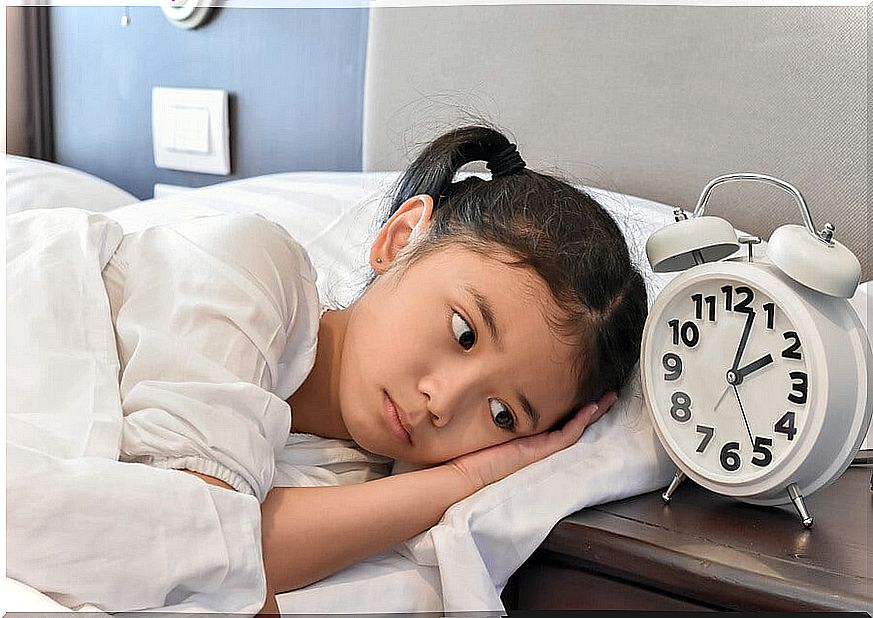
There are two types of melatonin pharmaceutical presentations:
- Quick release melatonin. They can be tablets to swallow, tablets that are absorbed under the tongue or also liquid solutions to drink.
- Slow release melatonin. They are tablets in which the melatonin is released little by little. There are also presentations in the form of patches.
The use of melatonin is indicated mainly in cases in which the sleep-wake rhythm is altered. For example:
- Cases of jet-lag or jet lag due to long trips.
- Shift workers.
- People with neurological diseases with sleep disorders, such as autism, mental retardation …
- Blind people who do not produce melatonin correctly due to lack of light stimulation.
Use of melatonin in children
Sometimes, the use of melatonin in children is recommended to facilitate the initiation of sleep. Especially when the sleep-wake rhythm is altered.
Pediatricians often recommend it, sometimes, in children with onset insomnia, who have a hard time falling asleep. But always before you have to rule out other problems and diseases, as well as adopt proper sleep hygiene.
Melatonin should never be used in children without the advice of a pediatrician or sleep specialist. In fact, the Spanish Association of Pediatrics (AEP) warns that clinical trials on its use in childhood are scarce.
The use of melatonin in children under six months is not recommended. This is mainly due to the fact that the circadian sleep-wake rhythm is not fully established until five or six months. Therefore, melatonin does not show the same efficacy.
It is necessary to control the doses and the duration of the treatment. The amount of melatonin that is usually recommended in children is between one and three milligrams a day. In general, treatment should not last more than four weeks.
Melatonin should always be taken at the same time, 30 to 60 minutes before bedtime. It has been shown that the moment of taking it is more important than the dose.
The use of melatonin in children should always be accompanied by sleep, environmental and nutritional hygiene measures. For example, some of these measures are:
- Create pre-sleep routines.
- Follow more or less fixed schedules.
- Avoid prolonged naps during the day.
- Favor an atmosphere of silence.
- Maintain a suitable temperature in the room (between 19 and 22 ºC).
- Avoid the use of technology, at least in the hour before going to bed.
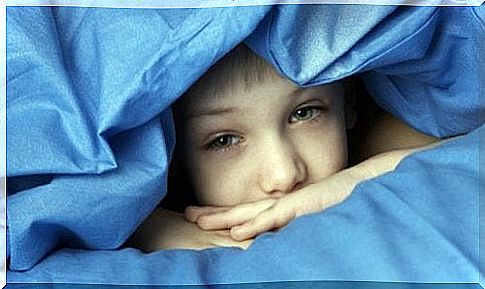
Side effects of melatonin in children
The use of melatonin in children can produce some side effects that need to be known and monitored. Some of them are, for example:
- Headache
- Drowsiness during the day
- Dizziness
- Abdominal pain.
- Irritability.
- Elevation of blood glucose levels.
In conclusion, the use of melatonin in children is a useful tool for the induction of sleep, but it must be used with care and always accompanied by environmental measures. It is still a synthetic hormone, a drug that is not without side effects.
